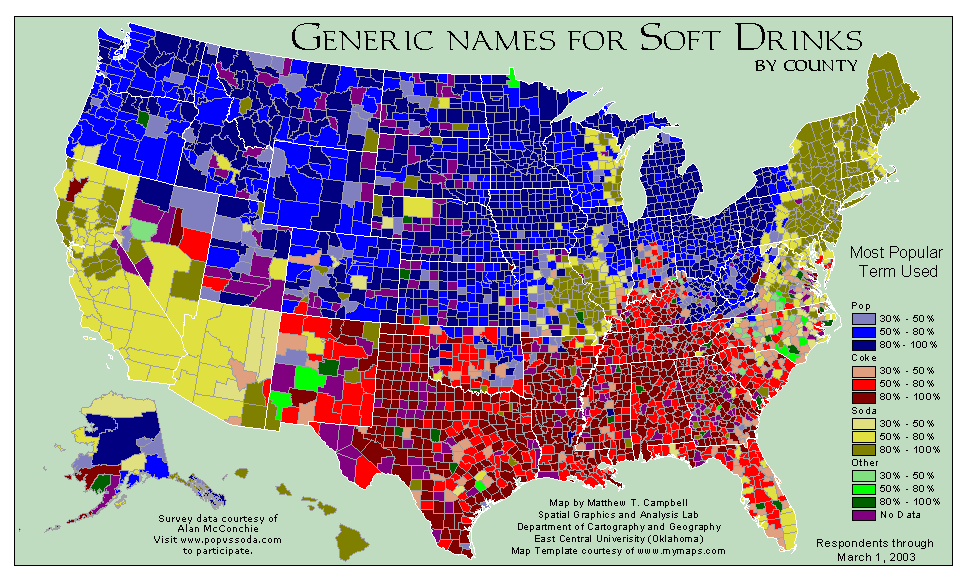Indianapolis has a wide variety of words that have come from the eastern midland section of the United States by travelers heading west past Indiana. With this knowledge, we can conclude that Indianapolis is a central area with a wide variety of different dialects from parts across the United States. Much of Indianapolis has a wide variety of languages and dialects, which has resulted in a very culturally diverse metropolis. With so many different dialects in the same city, some may find it difficult to understand what the dialect of Indianapolis sounds like, since there are so many different languages spread throughout it. Rest assured; the area does have a distinct majority dialect that is recognizable and respectable. In fact, we’re going to tell you about the history of the city’s dialect and where it geographically lies.
Settlers
Speech and dialect patterns in the Indianapolis area were developed by a mixture of northern and southern people who had migrated to the area. Upon the arrival of the North and South in Indianapolis, there was much conflict among which side would claim the name of the areas dialect the north or the south. Many characteristics define the way people from Indianapolis speak, it is not easy to distinguish specific southern or northern characteristics alone. However, there are three things that a native from Indianapolis should possess. First, a study by the University of Pennsylvania that said the north and south natives from Indianapolis do have one thing in common. There are specific up gliding vowels that stand out among natives from Indianapolis. Second, certain low back vowels such as the ones in caught and cot are neither the same nor pronounced differently, which has created transitional merger. No specific group or area could change the dialect that had developed when the north and south had settled there, not even the biggest ethnic populations that would eventually inhabit the area in times to come. However, when a large foreign ethnic population is condensed into a small neighborhood in the suburbs Indianapolis, the area tends to develop a dialect among its own small neighborhood, but it unable to gain enough support to overcome what the natives had embedded in the dialect over time. The ethnic group’s linguistics that emerged over time didn’t last, because their population was nowhere near as large as the settlers from the north and south combined.
Geography
Indianapolis geographically lies in the Midland dialect region of the United States. Major cities in the Midland region include Chicago, Indianapolis, Columbus, and Cincinnati. The Midland region is very large in comparison to the dialect regions across the eastern seaboard. It is said commonly to extend from the Appalachian Mountains westward towards the Midwest. However, there are two additional subdivisions of the Midland dialect, the North and South Midland dialectal areas. The southern dialect area is the area that had a large impact on the settlement of speech patterns of Indianapolis.
South
The south had such a large impact on the settlement of the Indianapolis dialect because this would extend the boundary on what was considered North Midland or South midland. The South midland area covered almost all of southern Indiana and further south, but Indianapolis was mostly overcome by the dialect of the North. Many linguists have concluded that the Northern Midland is the region in which mostly resembles the “General American” dialect. Today, Indianapolis is located in the North Midland subdivision of the Midland, as the south was unable to successfully plant their southern draw into the Indianapolis culture.
North
With the North Midland area having a much more urban background with cities such as Columbus, Indianapolis, and Cincinnati, it is not surprising that the dialect of the South Midland region didn’t grow in Indianapolis as much as the North Midland dialect did. However, Southern Indiana was so influenced by the Southern Midland dialect; the area was given the name the “Hoosier Apex” of southern Indiana.
The Hoosier Apex
Something Joe found over the course of his research is an odd phenomenon called the “Hoosier Apex”. Basically, when the borders that separate dialects in the United States were drawn, they were based on a mythical line called the Mason-Dixon Line. You can read more about it here: (http://en.wikipedia.org/wiki/Mason_dixon_line). The Hoosier Apex is an odd anomaly where the Mason-Dixon Line, appropriate for all the other borders, no longer applies.
Raising just above Evansville in the extreme south of Indiana and then making a sudden appearance in the middle of the state, the Hoosier Apex marks an intrusion into Indiana of the South Midland dialect, otherwise known as the generic southern accent. It’s not a perfect intrusion – the areas that are in the Hoosier Apex still maintain fragments of the accent that surrounds the rest of Indiana – but it is markedly different. Indianapolis itself is weird because the Southern Midland dialect reaches a stopping point right after Evansville, but then reappears as an island in the heart of Indy. Marion County (where most of Indianapolis is) and the surrounding counties are all affected by it. It’s easiest to see here in this chart about
soda vs. pop created by a student and professor at East Central University in Oklahoma:
If you take a close look, you’ll see that there’s a little red splotch right over Indianapolis, all by itself. That’s the Hoosier Apex. There isn’t a lot of research that’s gone into it so far, and we’re excited that we were able to dig up this much. Although the southern influences didn’t show up for all the people we interviewed (which we expected), we did find them in the majority of our interviewees. Enough to say comfortably that this is something that people will definitely be taking a look at, and soon – it’s an area that will likely hold a little more research in its future.
Sources
